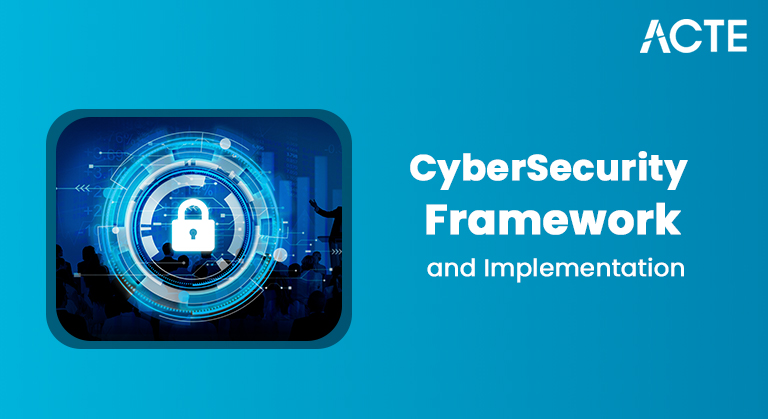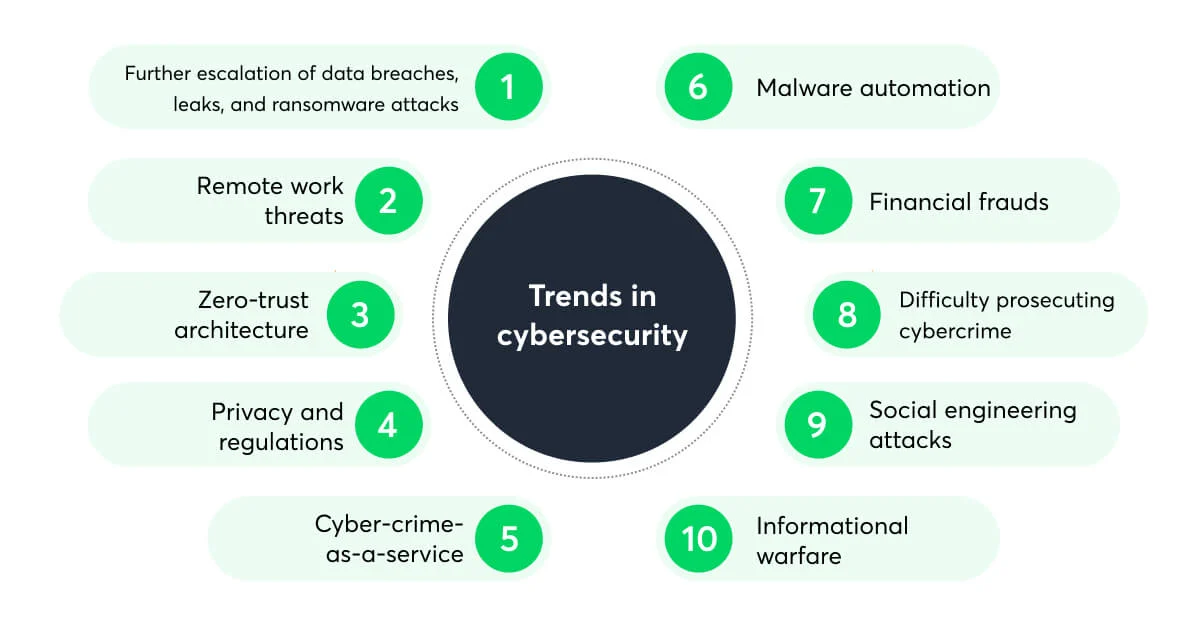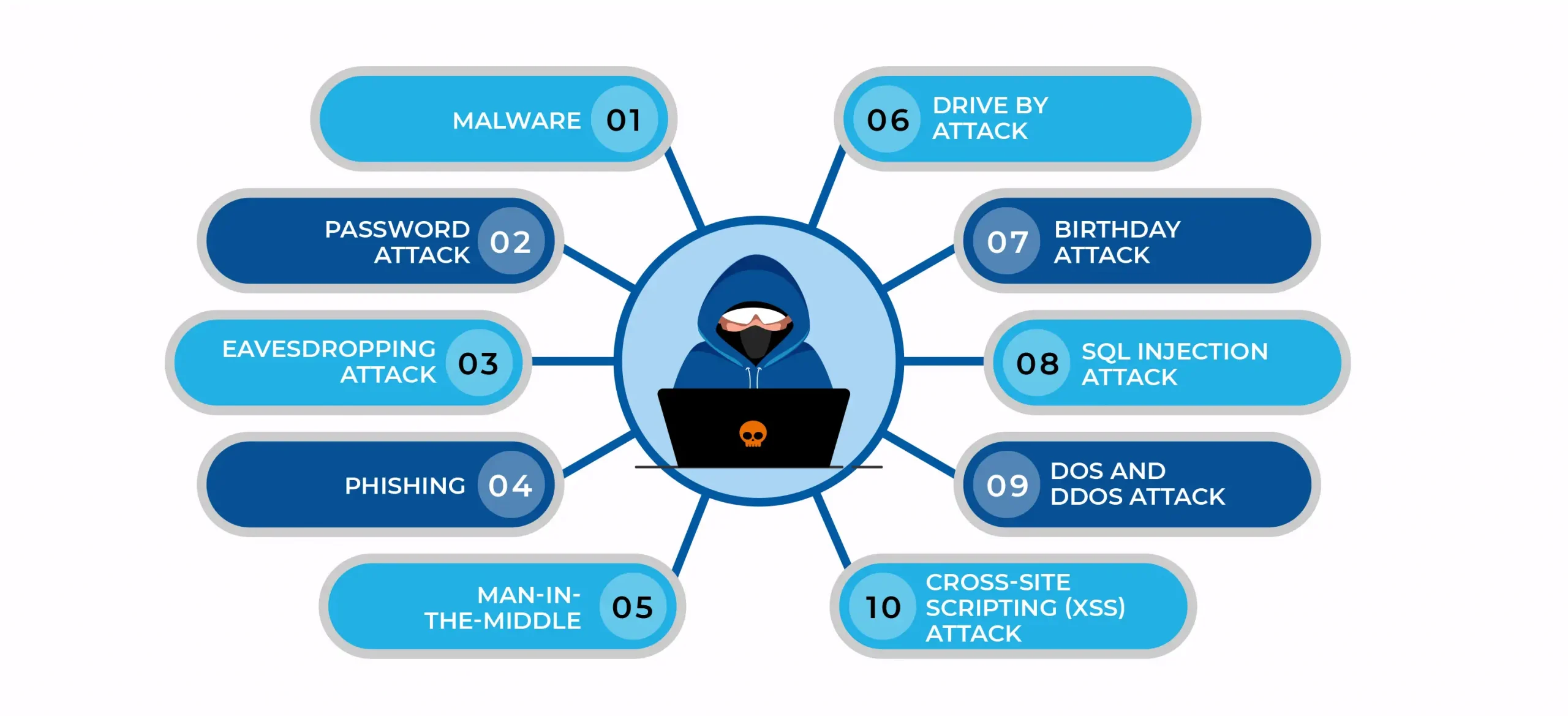
- Introduction to Cyber Extortion
- How Cyber Extortion Works
- Types of Cyber Extortion
- Common Targets and Victims
- Tools and Techniques Used
- Real-World Examples
- Legal and Ethical Implications
- Preventive Measures and Best Practices
Introduction to Cyber Extortion
Cyber extortion is a growing menace in the digital landscape, where attackers use threats such as leaking sensitive data, launching DDoS attacks, or encrypting systems to demand payment, typically in cryptocurrency. As a critical subset of cybercrime, cyber extortion in cyber crime includes various malicious tactics that disrupt businesses, compromise personal privacy, and cause financial losses. Common types of cyber extortion include ransomware attacks, sextortion, email threats, and scareware campaigns, each exploiting fear to pressure victims into compliance. Cyber Security Training plays a crucial role in defending against these threats by educating individuals and organizations on how to identify suspicious behavior, secure their systems, and respond effectively to potential attacks. Through proper training, users become more aware of tactics like phishing emails or malicious pop-ups, which are often the starting point of such extortion schemes. These threats are not limited to large corporations; small businesses and individuals are also frequent targets due to their limited cybersecurity defenses. Timely cyber extortion reporting is essential for both containment and investigation, helping authorities track down perpetrators and prevent future incidents. Organizations are now encouraged to implement proactive security measures and employee training to reduce vulnerabilities and avoid falling prey to these digital blackmail schemes. As the threat landscape evolves, so does the complexity of these attacks, making awareness and early detection vital components of an effective defense strategy. Cyber extortion is no longer just an IT issue it’s a legal, financial, and reputational risk that demands cross-functional action and a swift, coordinated response to minimize impact.
Interested in Obtaining Your Cybercrime Certificate? View The Cyber Security Online Training Offered By ACTE Right Now!
How Cyber Extortion Works
- Initial Breach: Attackers first infiltrate a system or network by exploiting weak passwords, outdated software, or phishing emails. Weak network security is often the entry point for cybercriminals.
- Data Access or Encryption: Once inside, they either steal sensitive data or encrypt files, locking users out of their own systems. This tactic is common in internet extortion schemes like ransomware attacks. Following a Guide to Spear Phishing can help individuals and organizations understand how these targeted attacks work, making it easier to spot and prevent initial breaches that often lead to such extortion attempts.
- Ransom Demand: A message is sent to the victim demanding payment usually in cryptocurrency in exchange for the decryption key or to prevent data leaks. This phase formalizes the cyber extortion process.
Cyber extortion is a form of digital blackmail where cybercriminals threaten to damage, expose, or withhold access to data or systems unless a ransom is paid. This blackmail cybercrime has become more sophisticated with the rise of anonymous payment systems and advanced hacking techniques. Here’s how cyber extortion typically unfolds:

- Threat of Exposure or Damage: If the ransom isn’t paid, attackers may threaten to leak private data, harm the company’s reputation, or launch further attacks, escalating the blackmail cybercrime pressure.
- Victim Response: Victims may pay the ransom, contact law enforcement, or initiate a recovery plan. Strong cyber protection strategies can reduce damage at this stage.
- Post-Attack Cleanup: Even after resolution, organizations must address vulnerabilities, reinforce network security, and improve incident response to prevent repeat internet extortion attempts.
Types of Cyber Extortion
Cyber extortion is a rapidly escalating threat in the digital world, with attackers using intimidation, data theft, and disruption tactics to demand ransom from victims. Understanding the various types of cyber extortion is crucial for recognizing and mitigating these threats before they cause serious harm. Some common forms include ransomware attacks, where files are encrypted until a payment is made; sextortion, where private or explicit content is used to blackmail individuals; and DDoS-for-ransom, where hackers threaten to overload websites or servers unless compensated. Email-based threats and scareware are also prevalent, using psychological manipulation to pressure victims into compliance. As a core component of cyber extortion in cyber crime, these methods highlight the increasing sophistication and diversity of digital blackmail tactics. Understanding Encryption and Decryption Concepts is essential in this context, as these techniques can both protect sensitive data from being exploited and help organizations recover or verify the integrity of their information during or after an attack. Whether targeting individuals, businesses, or government entities, cybercriminals exploit fear and urgency to their advantage. Prompt and accurate cyber extortion reporting is vital for stopping attackers, assisting law enforcement, and protecting future targets. By understanding the different types of cyber extortion, organizations and individuals can better prepare their defenses, educate users, and strengthen incident response strategies to reduce risk in today’s volatile cyber landscape.
To Explore Cybersecurity in Depth, Check Out Our Comprehensive Cyber Security Online Training To Gain Insights From Our Experts!
Common Targets and Victims of Cyber Extortion
- Small and Medium Businesses (SMBs): Due to limited cyber protection resources and often outdated network security, SMBs are prime targets for cyber extortion attacks.
- Healthcare Institutions: Hospitals and clinics hold sensitive patient data and can’t afford downtime, making them ideal victims of internet extortion schemes like ransomware. Implementing robust cyber security training for healthcare staff helps them recognize threats such as phishing emails and malicious attachments, significantly reducing the risk of falling victim to such attacks and safeguarding critical patient information.
- Educational Institutions: Schools and universities, with open networks and valuable research data, often fall prey to cyber extortion due to weak network security practices.
Cyber extortion doesn’t discriminate any individual or organization with a digital presence can become a victim. As blackmail cybercrime continues to evolve, attackers carefully select targets based on potential payoff, system vulnerabilities, and the likelihood of payment. Here are some of the most common victims of cyber extorsion:

- Government Agencies: Local and national entities are frequent targets of blackmail cybercrime, especially in politically motivated attacks or espionage-related incidents.
- High-Net-Worth Individuals: Celebrities, executives, and wealthy individuals are targeted for cyber extorsion, particularly in cases involving personal photos, emails, or financial data.
- E-Commerce and Financial Services: Online retailers and financial platforms are attacked for access to user data, transaction records, and the potential to disrupt services for ransom.
Tools and Techniques Used
Cybercriminals use a wide range of tools and techniques to carry out cyber extortion, making it one of the most complex threats in the realm of digital crime. The most common methods involve ransomware, where malicious software encrypts a victim’s data, blocking access until a ransom is paid. Phishing emails and social engineering tactics are frequently used to trick individuals into downloading malware or revealing sensitive information. Some advanced attackers use Remote Access Trojans (RATs) to silently gain control over systems, while others deploy Distributed Denial-of-Service (DDoS) attacks to overwhelm networks and demand payment to stop the disruption. These methods represent the evolving types of cyber extortion that impact both individuals and organizations. Cybercriminals often hide their identities using anonymizing tools like VPNs and the dark web, making cyber extortion reporting and investigation more difficult. Many of these schemes are driven by various Types of Malware Attacks, including ransomware, spyware, and trojans, which are used to infiltrate systems, steal data, or encrypt files to demand ransom from victims. Additionally, cryptocurrencies like Bitcoin are commonly used for ransom payments, as they provide untraceable financial transactions. The use of these sophisticated tools and methods has firmly established cyber extortion in cyber crime, highlighting the urgent need for proactive cybersecurity measures. From malware kits to zero-day exploits, the toolkit of modern cyber extortionists is vast and constantly evolving, demanding constant vigilance and preparedness from potential targets.
Looking to Master Cybersecurity? Discover the Cyber Security Expert Masters Program Training Course Available at ACTE Now!
Real-World Examples
Real-world cases of cyber extorsion highlight the growing danger and sophistication of modern blackmail cybercrime. One of the most notable examples is the WannaCry ransomware attack in 2017, which affected hundreds of thousands of computers across 150 countries, targeting hospitals, corporations, and government agencies. Attackers exploited a Windows vulnerability, encrypting critical data and demanding Bitcoin ransoms, exposing major flaws in network security. Another high-profile case involved Garmin, the GPS and fitness tech giant, which suffered a ransomware attack in 2020 that halted operations globally. The incident underscored the importance of deploying an Intrusion Prevention System (IPS), which can detect and block malicious activity in real-time, helping to prevent unauthorized access and reduce the risk of such devastating breaches. These events illustrate how internet extortion can cripple essential services and force companies into ransom negotiations. More recently, cybercriminals have targeted schools and municipalities, as seen in the Baltimore city government hack, where ransomware locked systems and cost the city millions in damages and recovery. These incidents underline the importance of strong cyber protection measures, regular data backups, and employee awareness to avoid falling victim. As cyber extorsion becomes more targeted and financially motivated, no industry is immune. These real-world examples serve as critical reminders that investing in robust cybersecurity isn’t optional it’s a necessity for resilience in the face of evolving threats in the digital age.
Legal and Ethical Implications
The legal and ethical implications of cyber extortion are profound, impacting individuals, businesses, and law enforcement agencies worldwide. As a major component of cyber extortion in cyber crime, these acts are not just technological breaches but serious legal offenses punishable under cyber laws in most countries. Cyber extortion involves using threats to obtain money or favors, and falls under criminal categories such as blackmail, fraud, and unauthorized access. Different types of cyber extortion, including ransomware, data theft, and denial-of-service threats, pose challenges for legal systems due to the cross-border nature of cybercrime and the anonymity offered by the internet. To effectively combat these threats, individuals and professionals are encouraged to explore Learn Cyber Security Books which provide in-depth knowledge on legal frameworks, technical defenses, and investigative techniques essential for navigating the complex world of digital crime. Ethically, cyber extortion undermines trust in digital systems and forces victims into difficult decisions, such as whether to pay a ransom or report the incident. Timely and accurate cyber extortion reporting is not only a legal responsibility in many jurisdictions but also an ethical imperative to help prevent future attacks and assist law enforcement. However, many victims hesitate to report incidents due to fear of reputational damage or financial loss. This highlights the need for more supportive legal frameworks, stronger international cooperation, and better public awareness to ensure that victims are protected and cybercriminals are held accountable in a rapidly evolving digital landscape.
Preparing for Cyber Security Job Interviews? Have a Look at Our Blog on Cyber Security Interview Questions and Answers To Ace Your Interview!
Preventive Measures and Best Practices
Preventing cyber extorsion requires a proactive approach that combines strong technical defenses with informed user behavior. Organizations and individuals must implement comprehensive cyber protection strategies, starting with robust network security practices such as regular software updates, strong password policies, and the use of firewalls and intrusion detection systems. Employee training is equally vital cyber security training teaches staff to recognize phishing emails, avoid suspicious links, and understand common social engineering tactics, which can prevent many blackmail cybercrime incidents before they start. Regular data backups, stored securely offline, ensure that critical information can be restored without giving in to ransom demands, enhancing organizational resilience against cyber extortion threats. Implementing multi-factor authentication (MFA) adds an extra layer of defense against unauthorized access. To guard against internet extortion, businesses should also perform routine security audits and vulnerability assessments to identify weak points in their infrastructure. Limiting user access to sensitive data and maintaining an incident response plan can help contain threats if an attack occurs. Investing in reputable cybersecurity software and threat intelligence services adds another layer of protection. While no system is entirely foolproof, these best practices significantly reduce the risk of falling victim to cyber extorsion. As threats continue to evolve, maintaining a culture of security awareness and staying updated with the latest protection tools is essential for long-term resilience.




